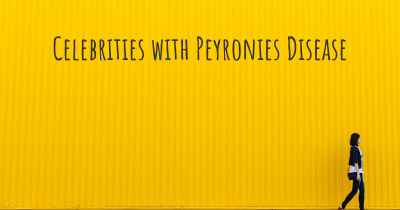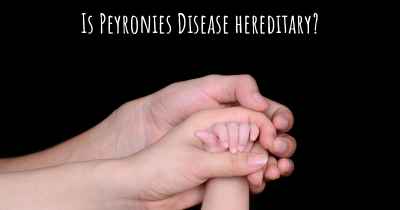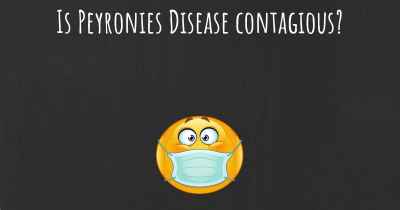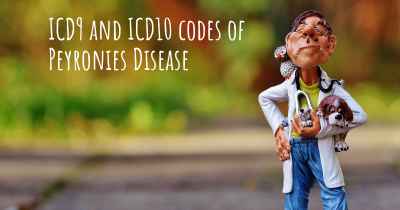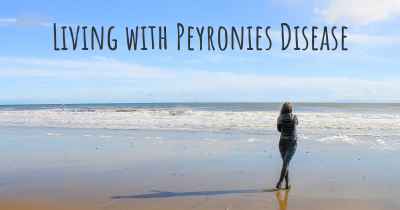What are the latest advances in Peyronies Disease?
Here you can see the latest advances and discoveries made regarding Peyronies Disease.
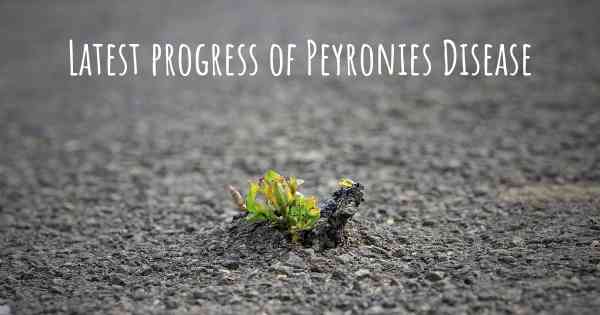
Peyronie's Disease is a condition characterized by the development of fibrous scar tissue within the penis, causing it to bend or curve during an erection. This condition can lead to pain, difficulty with sexual intercourse, and psychological distress for those affected. While there is no known cure for Peyronie's Disease, there have been several recent advances in its treatment that offer hope for patients.
1. Collagenase Clostridium histolyticum (CCH) Injections
Collagenase Clostridium histolyticum (CCH) injections have emerged as a promising non-surgical treatment option for Peyronie's Disease. CCH is an enzyme that breaks down the collagen buildup responsible for the penile curvature. In clinical trials, CCH injections have shown significant improvement in penile curvature, pain reduction, and improved sexual function. This treatment is administered by a healthcare professional and involves a series of injections directly into the scar tissue. CCH injections have been approved by regulatory authorities in several countries and are becoming more widely available.
2. Penile Traction Therapy
Penile traction therapy involves the use of a device that applies a gentle stretching force to the penis. This therapy aims to gradually straighten the curvature and reduce the scar tissue. Recent studies have shown that penile traction therapy can lead to a significant improvement in penile curvature and sexual function. The therapy is typically performed at home for several hours a day over a period of several months. While it requires commitment and patience, penile traction therapy has shown promising results and is considered a safe and non-invasive treatment option.
3. Extracorporeal Shockwave Therapy (ESWT)
Extracorporeal Shockwave Therapy (ESWT) is a non-invasive procedure that uses low-intensity shockwaves to break down the scar tissue and promote tissue healing. ESWT has shown promising results in reducing penile curvature and improving sexual function in patients with Peyronie's Disease. The therapy is typically performed in an outpatient setting and does not require anesthesia. While more research is needed to fully understand its long-term effectiveness, ESWT offers a potential alternative to surgery for some patients.
4. Surgical Interventions
Surgical interventions remain an option for patients with severe or persistent symptoms of Peyronie's Disease. Surgical procedures aim to correct the penile curvature and remove the scar tissue. Advances in surgical techniques, such as the use of grafts or implants, have improved outcomes and reduced the risk of complications. However, surgery carries inherent risks, including the potential for erectile dysfunction or changes in penile sensation. Therefore, it is important for patients to discuss the potential benefits and risks with their healthcare provider before considering surgery.
5. Combination Therapies
Recent research has explored the potential benefits of combining different treatment modalities for Peyronie's Disease. For example, combining CCH injections with penile traction therapy or ESWT may enhance the effectiveness of each individual treatment. These combination therapies have shown promising results in reducing penile curvature and improving sexual function. However, further studies are needed to determine the optimal combination and sequencing of treatments.
In conclusion, there have been significant advances in the treatment of Peyronie's Disease. Non-surgical options such as CCH injections, penile traction therapy, and ESWT offer promising results in reducing penile curvature and improving sexual function. Surgical interventions remain an option for severe cases, although they carry risks. Additionally, combining different treatment modalities may further enhance outcomes. It is important for individuals with Peyronie's Disease to consult with their healthcare provider to determine the most appropriate treatment approach based on their specific condition.

